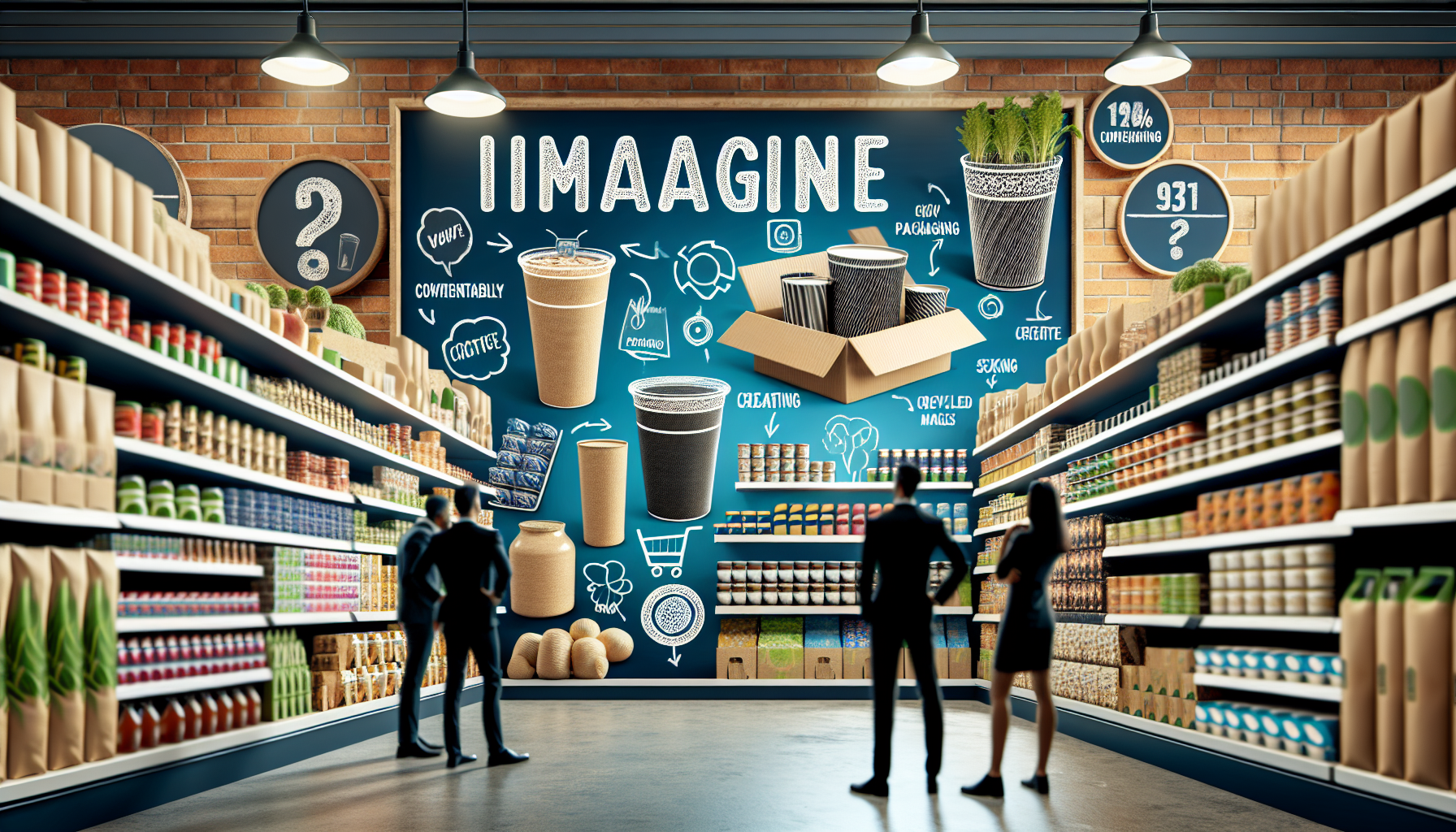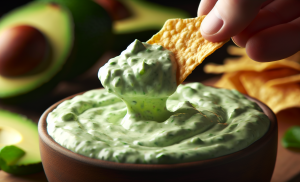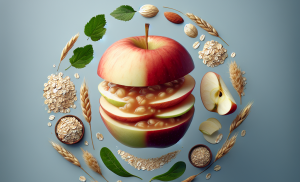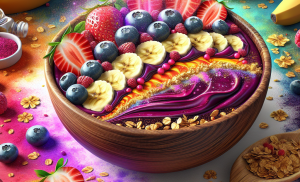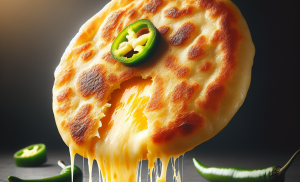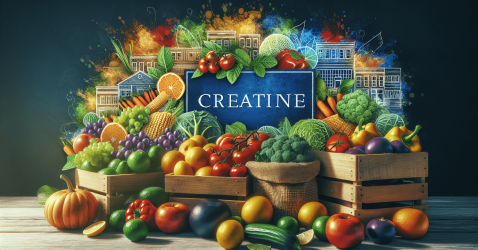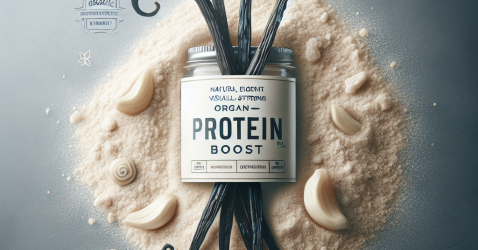Packaging Strategies: Enhancing Trader Joe’s Product Appeal
As you stroll through the aisles of Trader Joe’s, the vibrant and unique packaging of their products catches your eye. It’s not just the colorful designs and playful fonts that draw you in, but also the clever use of packaging strategies that enhance the overall appeal of their products. Trader Joe’s understands the power of packaging and its ability to communicate the essence of their brand to consumers. By carefully selecting materials, incorporating informative labels, and prioritizing sustainability, Trader Joe’s has mastered the art of packaging to create a shopping experience that is both visually enticing and filled with product promise.
Packaging Design
Consistent Brand Identity
When it comes to packaging design, one of the most important factors is maintaining a consistent brand identity. This means that all of your products should have a cohesive look and feel that aligns with your brand image. Consistency in packaging design helps to reinforce your brand’s message and makes it easier for consumers to recognize and connect with your products. By using consistent branding elements such as logo placement, color schemes, and typography across all of your packaging, you can create a strong and memorable brand identity.
Eye-Catching Designs
In a crowded marketplace, it’s crucial for your packaging to stand out and grab the attention of consumers. Eye-catching designs can help to attract potential customers and entice them to choose your product over the competition. Consider using bold and vibrant colors, unique shapes, and creative patterns or illustrations to make your packaging visually appealing. Additionally, incorporating innovative graphics and visuals that reflect the essence of your product can further enhance its appeal.
Functional Design
Packaging design is not just about aesthetics; it also needs to be functional and practical for consumers. Your packaging should be easy to handle and convenient to use. Consider factors such as the ease of opening, resealable options, and portion control when designing your packaging. Functional design elements not only enhance the overall user experience but also contribute to customer satisfaction and loyalty.
Innovative Packaging Materials
Using innovative packaging materials can set your products apart from the competition and demonstrate your commitment to sustainability. Explore options such as biodegradable or compostable materials that align with environmentally friendly practices. Additionally, consider unique packaging materials that offer enhanced durability or protection to ensure the integrity of your products during transport and storage. Innovative packaging materials can also add a touch of uniqueness and exclusivity to your brand.
Color Psychology
Brand Colors
Choosing the right colors for your packaging can have a significant impact on how consumers perceive your brand. Colors evoke emotions and can convey certain messages or associations. By selecting brand colors that align with your brand’s values and personality, you can establish a strong emotional connection with your target audience. For example, warm colors like red or orange can create a sense of energy and excitement, while cool colors like blue or green can evoke a feeling of calmness or trust.
Product-Specific Colors
Different products may benefit from specific color choices that reflect their nature or intended use. For example, food products might feature colors that are visually appealing and appetizing, such as vibrant greens for fresh produce or rich browns for chocolate. On the other hand, health and wellness products may utilize calming pastel tones to convey a sense of serenity and well-being. Consider the product’s purpose, target audience, and desired associations when selecting colors for product-specific packaging.
Color Associations
Colors can have various associations and meanings, which can influence consumers’ perceptions and purchasing decisions. For example, green is often associated with nature, sustainability, and health. Yellow can be associated with happiness and optimism, while purple is often linked to luxury and creativity. Understanding these color associations can help you choose colors that align with your brand’s values and effectively communicate your desired messages to consumers.
Typography
Clear and Readable Fonts
The choice of fonts in packaging design plays a vital role in ensuring that the text is legible and easy to read. Clear and readable fonts are essential for conveying information effectively and facilitating a positive user experience. Avoid overly decorative or intricate fonts that may be difficult to decipher. Instead, opt for fonts that are clean, simple, and highly readable, even at smaller sizes.
Font Pairings
Using font pairings can add visual interest and hierarchy to your packaging design. A combination of fonts with complementary styles and weights can help differentiate various elements of your packaging, such as product names and descriptions. Choose font pairings that create a harmonious balance and ensure that the overall design remains cohesive and visually appealing.
Fonts Reflecting Product Personality
Fonts can also contribute to expressing the personality and tone of your products. For example, a playful and lighthearted product might benefit from using a whimsical and handwritten font, while a luxury brand might opt for a sophisticated and elegant font. Consider the unique qualities and characteristics of your products and use fonts that reflect their personality to create a strong brand association.
Labeling and Information
Key Product Information
Providing clear and concise information about your product is crucial for consumer understanding and decision-making. Displaying key product information prominently on the packaging can help customers quickly identify important details such as product name, flavor or variant, and quantity. Make sure that the font size and placement allow for easy readability, even from a distance.
Easy-to-Read Nutrition Facts
In an era when consumers are more health-conscious than ever, including easy-to-read nutrition facts on your packaging can be a significant selling point. Use clear and legible fonts to present the nutritional information in a way that is easy to understand. Consider using icons or symbols to highlight important nutritional values, such as calories or macronutrients, to facilitate quick comprehension.
Special Diet Indicators
With the increasing number of people following special diets or having dietary restrictions, including special diet indicators on your packaging can help target specific consumer groups. Whether it’s gluten-free, dairy-free, or vegan, clearly labeling your product as suitable for certain dietary needs can make it easier for consumers to find products that align with their preferences and requirements.
Allergen Warnings
Allergen warnings are crucial for ensuring consumer safety and transparency. Make sure to clearly and prominently display any allergens present in your product. Consider using bold or contrasting colors to draw attention to allergen warnings, ensuring that they are highly visible. Providing this information upfront can build trust with consumers and help them make informed choices.
Product Storytelling
Packaging can be a powerful storytelling tool, allowing you to create an emotional connection with consumers by sharing the unique story behind your product. Consider incorporating elements such as origin stories, manufacturing processes, or product inspirations into your packaging design. Engaging consumers through storytelling not only adds depth and meaning to your brand but also helps make your product more memorable and relatable.
Sustainable Packaging
Environmentally Friendly Materials
As consumers become increasingly aware of the environmental impact of packaging, using environmentally friendly materials can differentiate your brand and attract eco-conscious consumers. Explore options such as recycled or recyclable materials, plant-based plastics, or biodegradable alternatives. Choosing sustainable packaging materials not only reduces waste but also demonstrates your commitment to corporate social responsibility.
Reduce, Reuse, Recycle
Implementing the principles of reduce, reuse, and recycle can help minimize your brand’s environmental footprint. Design packaging with a focus on minimizing waste by optimizing material usage and eliminating unnecessary components. Incorporating reusable packaging options, such as refillable containers or jars, can encourage consumers to minimize their own waste. Additionally, clearly labeling packaging materials with recycling instructions can guide consumers in proper disposal practices.
Minimalist Packaging
A minimalist approach to packaging design not only creates an aesthetically pleasing look but also reduces unnecessary waste. Simplify your packaging by focusing on essential design elements and eliminating excessive embellishments or unnecessary layers. Minimalist packaging is not only visually appealing but also promotes a sense of clarity and transparency, allowing consumers to focus on the product itself.
Biodegradable and Compostable Options
For brands looking to take sustainability to the next level, incorporating biodegradable and compostable packaging options can be a game-changer. These materials break down naturally and return to the environment without causing harm. By choosing biodegradable or compostable packaging, you can offer consumers an eco-friendly alternative that aligns with their values and helps reduce the impact on the planet.
Packaging Practicality
Easy-to-Open
Few things frustrate consumers more than packaging that’s difficult to open. Consider ease of opening when designing your packaging and opt for solutions that are user-friendly. Incorporating features such as tear strips, perforations, or easy-to-grip tabs can make a significant difference in the overall user experience.
Re-sealable Options
Packaging that allows for resealing is highly valued by consumers, as it helps preserve product freshness and usability. Whether it’s a zip-lock closure, a resealable lid, or a self-adhesive closure, providing resealable options can greatly contribute to customer satisfaction and convenience.
Portion Control
Offering portion control options can make your product more appealing to health-conscious consumers. Consider individual packaging that contains precise servings or smaller resealable packages that allow consumers to control their portion sizes. Packaging that supports portion control not only provides convenience but also aligns with the growing trend towards mindful eating.
Convenient Storage
Packaging design should take into account the practicality of storage for both consumers and retailers. Bulkier packaging may be challenging to store, especially when shelf space is limited. Consider the dimensions and stackability of your packaging to ensure it can be easily stored and displayed. Designing packaging that optimizes storage efficiency can enhance the overall shopping experience and make it easier for retailers to stock your products.
Microwave and Freezer Safe
In today’s fast-paced lifestyle, convenience is key. Offering packaging that is microwave and freezer safe can greatly enhance the user experience. Consumers can save time by conveniently heating or storing your products without having to transfer them to different containers. Clearly indicating whether your packaging is microwave or freezer safe can provide added value and convenience to consumers.
Packaging Format
Single-Serve Packaging
Single-serve packaging is gaining popularity, as it caters to the needs of busy individuals and supports portion control. Offering your products in single-serve packaging options can make them more convenient for on-the-go consumption and minimize food waste. Consider packaging formats such as pouches, cups, or individually wrapped portions to meet the demand for grab-and-go convenience.
Family-Size Packaging
On the other end of the spectrum, family-size packaging can cater to larger households or consumers looking for value-for-money options. Designing packaging that allows for larger quantities or bulk purchases can attract cost-conscious consumers and encourage repeat purchases. Consider packaging formats such as family-sized bags, jumbo packs, or multi-pack options to meet the needs of larger households.
Variety Packs
Variety packs offer consumers the opportunity to try multiple flavors or variants of your product in one convenient package. This packaging format can be particularly appealing for consumers who enjoy variety or are indecisive about which flavor to choose. Incorporating variety packs can help showcase your product range and encourage trial and exploration.
Bulk Packaging
Bulk packaging is ideal for customers who want to stock up on their favorite products or for businesses that require larger quantities for commercial purposes. Consider offering your products in bulk packaging options, such as large containers or multi-pound bags. Bulk packaging can attract cost-conscious consumers and provide them with value-for-money options.
Packaging Graphics
Photographic vs. Illustrative
When selecting graphics for your packaging, consider whether photographic or illustrative elements would best convey your product’s message. Photographic visuals can provide a realistic representation of your product, highlighting its features and quality. On the other hand, illustrative graphics can add a whimsical or creative touch, enhancing the overall appeal and uniqueness. Choose graphic styles that align with your brand image and effectively communicate the desired product attributes.
Product Showcase Imagery
The visual representation of your product is crucial in capturing consumer attention and showcasing its key features. Utilize imagery that effectively highlights the product, emphasizing its unique selling points. High-quality, detailed images that showcase the product from various angles can help consumers visualize the experience and quality they can expect.
Graphic Elements
Incorporating graphic elements into your packaging design can add visual interest and help convey your brand’s identity. Patterns, borders, or illustrations that align with your brand’s aesthetics and style can create a strong visual impact. Consider using graphic elements strategically to guide the consumer’s eye and create an engaging visual experience.
Limited Edition Packaging
Limited edition packaging can create a sense of exclusivity and encourage impulse purchases. Consider developing special packaging designs for seasonal or limited-time products to generate excitement and anticipation among consumers. Limited edition packaging can also serve as a collector’s item, further increasing the desirability and value of your products.

Innovative Packaging Features
Interactive Packaging
Interactive packaging engages consumers in a unique and memorable way. Consider incorporating interactive elements such as games, puzzles, or hidden surprises into your packaging design. These features not only create a sense of playfulness but also encourage consumers to spend more time interacting with your brand.
Augmented Reality
Augmented reality (AR) is a cutting-edge technology that allows consumers to interact with virtual elements in the real world. Integrating AR into your packaging can provide consumers with an immersive and interactive experience, such as virtual product demonstrations or personalized messages. AR can help create a memorable and engaging connection between your brand and its consumers.
QR Codes
QR codes provide a quick and convenient way for consumers to access additional information about your product or brand. By scanning a QR code on the packaging, consumers can be directed to product websites, instructional videos, or loyalty programs. QR codes enable brands to provide a more comprehensive and interactive experience for consumers.
Smart Packaging
Smart packaging integrates technology into the packaging design to offer unique functionalities or benefits. For example, incorporating sensors or indicators that detect freshness levels or temperature changes can help consumers make informed decisions about product quality. Smart packaging can also enable features such as RFID tracking for inventory management or personalized messages and offers. By embracing smart packaging, you can offer consumers enhanced functionality and convenience.
Package Testing and Feedback
Consumer Research
Consumer research is an essential step in designing effective packaging. Conduct surveys or interviews to gather valuable insights on consumer preferences, expectations, and perceptions of your packaging. This research can help you understand what elements resonate with your target audience and what improvements can be made to enhance product appeal.
Focus Groups
Focus groups allow you to gather in-depth feedback from a selected group of consumers who provide insights and opinions on packaging designs. By listening to their feedback, you can gain valuable insights into their preferences, identify potential areas for improvement, and uncover new ideas or concepts for packaging design. Focus groups provide an opportunity for direct dialogue and a deeper understanding of consumer perceptions.
Usability Testing
Usability testing involves observing how consumers interact with your packaging and assessing its practicality and functionality. By observing consumers as they open, use, and store your products, you can identify any pain points or areas for improvement. Usability testing helps ensure that your packaging design meets the needs and expectations of consumers, resulting in a positive user experience.
Customer Feedback Channels
Creating channels for customer feedback allows you to continually gather insights and opinions from consumers. Provide multiple avenues for consumers to share their thoughts, such as online reviews, social media platforms, or dedicated feedback forms on your website. Actively monitor and respond to customer feedback to address any concerns or suggestions, demonstrating your commitment to improving the overall packaging experience.
In conclusion, packaging design plays a vital role in enhancing product appeal. By focusing on consistent brand identity, eye-catching designs, functional features, and innovative materials, you can create packaging that not only attracts consumers but also reinforces your brand’s message. Understanding color psychology, typography choices, and incorporating informative labeling and sustainable practices further contribute to the overall packaging experience. By considering packaging format, graphics, and innovative features, you can create packaging that stands out in the market. Lastly, conducting package testing, gathering feedback, and continuously improving based on consumer insights ensure that your packaging design evolves with the changing consumer preferences and needs. With thoughtful and well-executed packaging design, you can captivate consumers and drive brand success.
